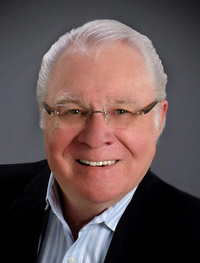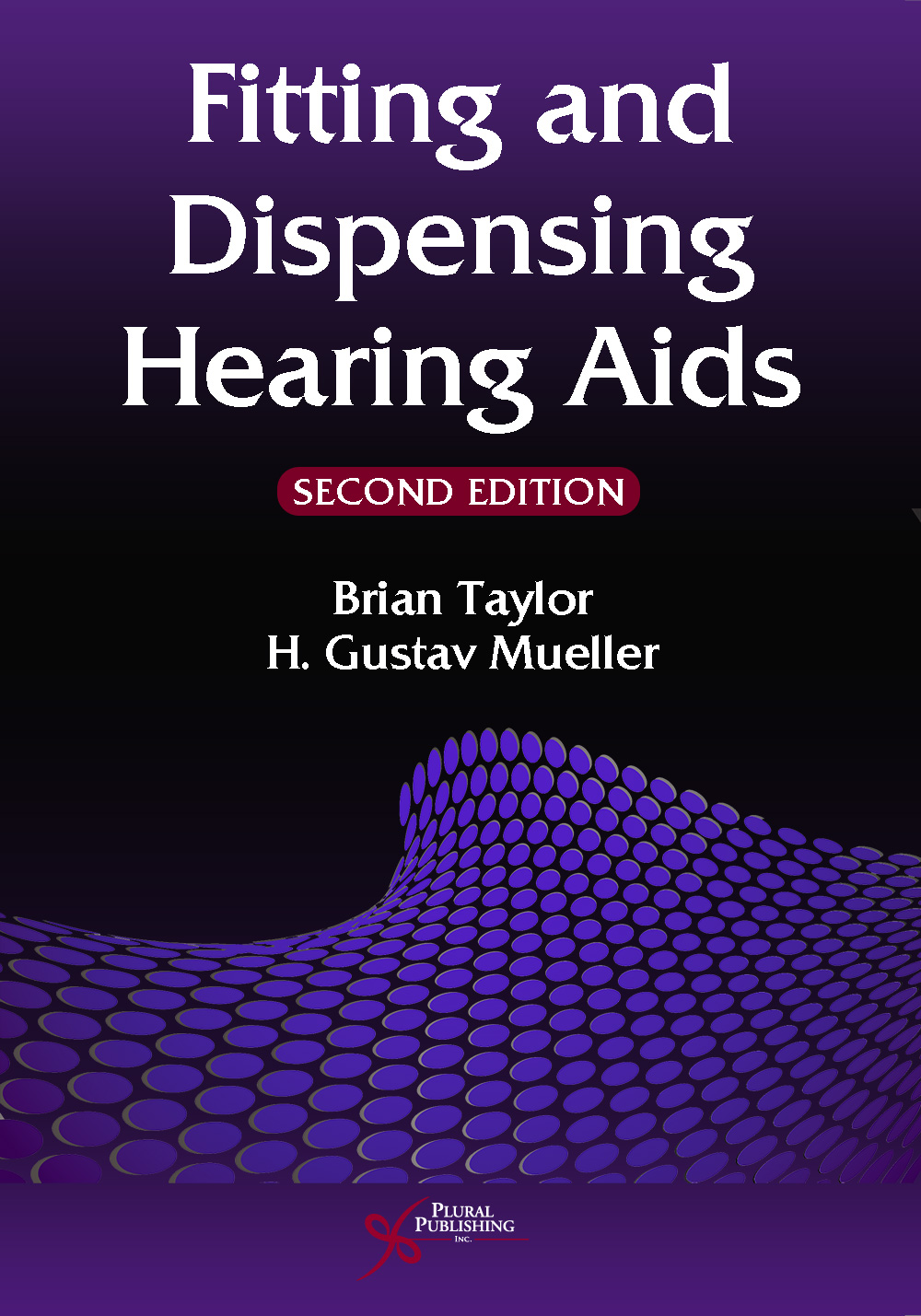
Fitting and Dispensing Hearing Aids.
Second Edition
Brian Taylor, H. Gustav Mueller
Details: 500 pages, B&W, Softcover, 7" x 10"
ISBN13: 978-1-59756-650-6
© 2017 | Available
Whether you're a graduate student, hearing instrument specialist, or clinical audiologist, the Second Edition of Fitting and Dispensing Hearing Aids aims to provide you with the latest in concise and practical information across a broad spectrum of topics. Its 12 chapters, sequenced to match the patient's journey through a clinical practice, are packed with the latest commercial innovations in hearing aids, patient-related outcome measures, and counseling skills. Experienced clinicians will also find the updated chapters on help-seeking behavior and hearing aid features and benefits to be valuable to their continued professional development.
Hearing aid dispensing has always been a technology-driven profession, heavily dependent on the expertise, thoughtfulness, and good judgment of the professional. Over the past few years, even as technology has continued to evolve at breakneck speed, these skills have become more relevant then ever in the delivery of high-quality patient care, especially to the rapidly aging Baby Boomer population.
Fitting and Dispensing Hearing Aids, Second Edition, authored by two of the industry's leading authorities on adult amplification and audiology practice management, is required reading for those studying to obtain their hearing aid dispensing license or audiology or speech pathology students looking for the latest in dispensing and fitting hearing aids in a succinct, entertaining format. Because each chapter is written around a specific theme, like wine tasting, travel, baseball, country music, and more, you will find this textbook is actually fun to read!
Although many of the basic subjects you need to learn to practice have not changed in generations, the chapters devoted to fitting modern hearing aids have been updated. Included are some newer outcome measures and updated approaches to counseling your patients. Also added are a few pages on devices that are not even considered hearing aids that you might be fitting and adjusting in a few short years: hearables and personal sound amplification products (PSAPs). Additionally, in every chapter there are now several sidebars that refer to websites where more detailed information, animations or videos may be downloaded to further enhance learning.
Douglas L. Beck, AuD, speaks with Brian Taylor about this new edition and the future of audiology.
Reviews
"This book is truly a step-by-step guide for successfully fitting hearing aids. Brian Taylor and H. Gustav Mueller, with over 65 years of hearing aid fittings and audiology practice management between them, collaborated to write a fun and easy to read textbook for nonaudiologists and audiology students just beginning to work selecting and fitting hearing aids, but also a great read for 'experienced' audiologists such as myself. The book is set out in 12 chapters taking the reader along the path to successfully completing a hearing aid fitting, from understanding client readiness, basic audiometry, selecting and fitting hearing aids and finally verifying and validating recommendations.
Chapters 1 to 5 are intended as an introduction to audiology, providing essential background needed to assess a client's needs. These chapters include anatomy and physiology, audiograms, decibels, and acoustics. The later chapters focus on the device itself, including signal processing, features and styles, and progress to discuss fitting, fine-tuning and outcome assessment. The final chapter is devoted to the ethical "selling" of hearing aids. It is refreshing to find guidance on "selling" hearing aids, in a textbook by leading audiologists, given that "selling" is often viewed negatively by the profession. This message is spread throughout the book: "You owe it to your patient to explain what they obtained (relative to benefit) for the extra $1000." "If there is no logical explanation (or need), then perhaps the Mid-Level products are okay." The authors want to educate us that consultative selling is not about manipulating or pressuring, but using your technical knowledge and counselling skills to guide the client in the determination of individual needs and assist in making an informed decision.
This second edition of the book pleasingly places more importance on patient-centered care. Chapter 1 reflects the importance of listening to patients and sharing decision making, and provides a deeper understanding of the interconnectedness of the ear and the brain. The authors offer new material on the Trans-Theoretical Stages-of- Change model as well as providing 'Tips and Tricks'. This includes sample motivational interviewing questions, which provide a great beginning for developing the counselling skills needed to guide the patient through the process of effective behaviour change. This edition also discusses advanced hearing aid features not around five years ago. Understanding today's technology and explaining it using simple, fun analogies is a skill the authors excel at! They have taken highly technical concepts of signal processing such as compression, input/output functions, AGC-O and directionality and made them easy to understand. Attack and release time is so much easier to understand and explain to others when you borrow their tale (pun intended) of a how a hearing aid performs when a 'husband and wife are having a conversation and then suddenly their dog "woofs"'!
Finally, Chapter 11, which is devoted to outcome measures, has been updated, with many clinical and 'self-report' (questionnaire) outcome measures, including COSI reviewed in detail. The authors recommend the International Outcome Inventory for Hearing Aids (IOI-HA), which aims to assess benefit, satisfaction and quality of life changes associated with hearing aid use, as well as being quick, easy to score and validated. As an 'experienced' Audiologist I was quite keen to read their recommended "hearing test battery". As expected, it covered the basic steps we all use - history, needs assessment via COSI, pure tone audiometry, and speech discrimination. In addition, they advocate 'speech-in-noise tests', particularly QuickSin and HINT which specifically address and quantify the most important and most common patient complaint - listening to speech in noise. These tests enable the clinician to understand a client's real need and provide counselling before and after the fitting based on quantifiable changes. '
Fitting and Dispensing Hearing Aids is a great guide for day-to-day clinical practise which I think sits nicely on the bookshelf beside your theoretical text book, for both new and experienced clinicians. I don't remember any University textbook being as fun to read and easy to understand as this one. If you find topics like ear anatomy, psychology of hearing loss or benefits of different compression systems uninteresting, specific themes, such as country music, wine tasting, major league baseball, cooking, travel and more are interwoven in each chapter to assist understanding or at least keep us entertained! The 'Tips and Tricks' and 'Take 5' boxes littered throughout highlight important concepts and every topic has references to websites where more detailed information, animations or videos may be downloaded for additional learning."
—Hadassa Aurbach, in Audiology Now, 67 (March 2017)
"As you might expect from two authors of such stature, this book is extremely effective and well written. In form it is as close to a pop-science book as one could get while still being very much focussed for those working in audiology. Each of the 12 chapters are presented around a theme that is analogous to the topic at hand. From 'How country music and working with hearing-impaired adults are alike', using the grief and emotion ubiquitous in country music to frame and explain the psychology of many patients that walk through our doors every day. To 'Yes we're here to tell you why dispensing hearing aids in a commercial environment can be a lot like college basketball', which explains how using a collaborate and consultative approach can take the fear of 'selling' or of being 'sold to' out of the picture. . . . The fact is that the content in this book is brilliant and rooted in up-to-date evidence and its delivery is clear and effective. It is not aiming to be a reference tome and it does not go into detail often, but it will only take up a relatively small amount of space on your shelf. It's the kind of book that one should read when first embarking on their career and every couple of years hence to gain a fresh perspective on one's approach to helping people with hearing loss."
—Jack Bennett, HAD, Senior Partner, UK Hearing Care Management Services Ltd., in ENT & Audiology News (May/June 2018)
Preface
Chapter 1. Basic Psychology of Hearing Loss in Adults
Chapter 2. Acoustics at the Speed of Sound
Chapter 3. Basic Anatomy and Physiology of the Ear
Chapter 4. Measurement of Hearing
Chapter 5. Hearing Disorders and Audiogram Interpretation
Chapter 6. The Hearing Aid Selection Process
Chapter 7. All About Style: Hearing Aids and Earmolds
Chapter 8. Hearing Aids: How They Work!
Chapter 9. Advanced Hearing Aid Features
Chapter 10. Hearing Aid Fitting Procedures
Chapter 11. Outcome Assessments and Postfitting Issues
Chapter 12. "Selling" Hearings Aids: It's Not a Bad Thing!
Appendix
References
Index
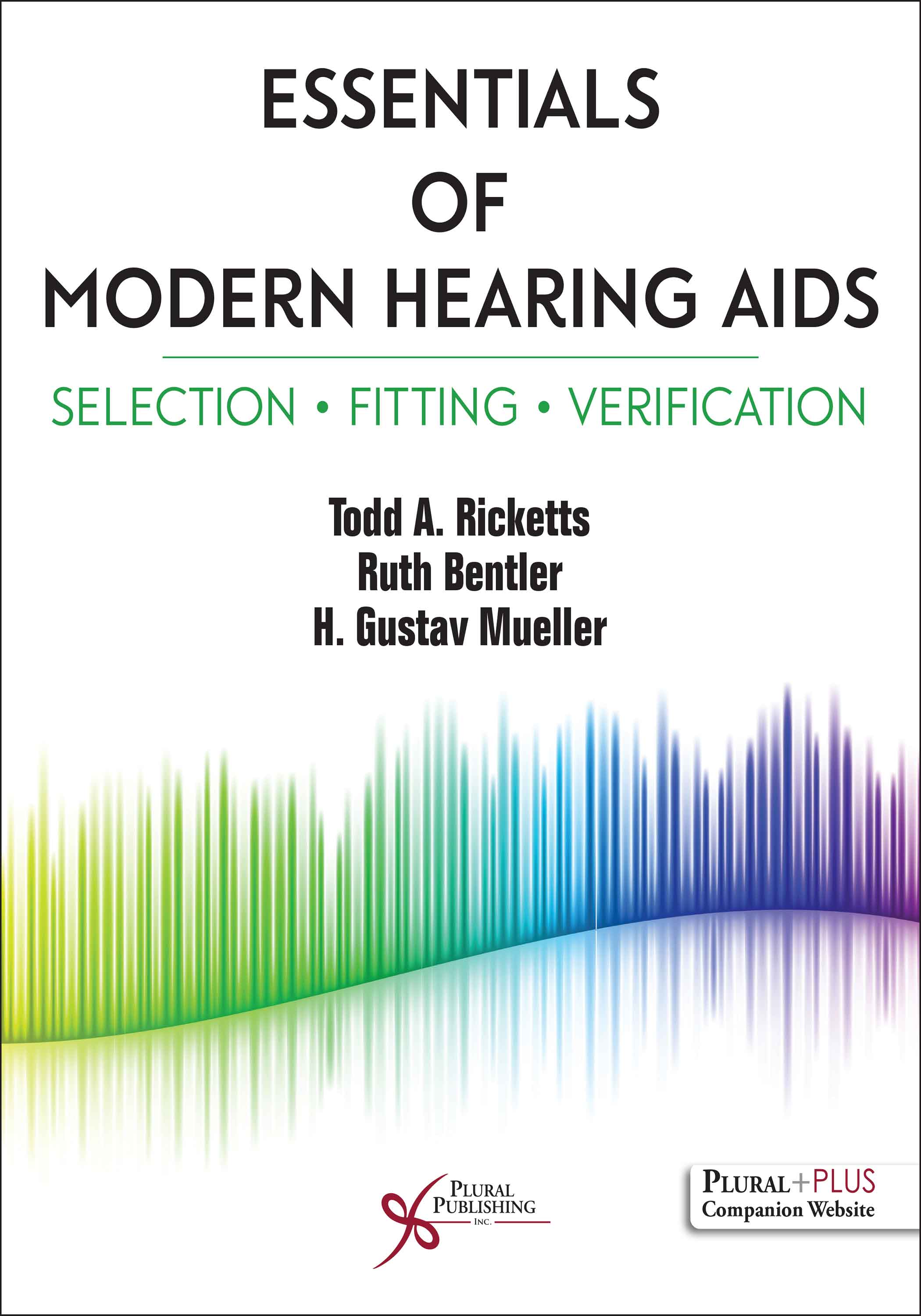
Essentials of Modern Hearing Aids: Selection, Fitting, and Verification
First Edition
Todd A. Ricketts, Ruth Bentler, H. Gustav Mueller
Details: 888 pages, B&W, Hardcover, 8.5" x 11"
ISBN13: 978-1-59756-853-1
© 2019 | Available
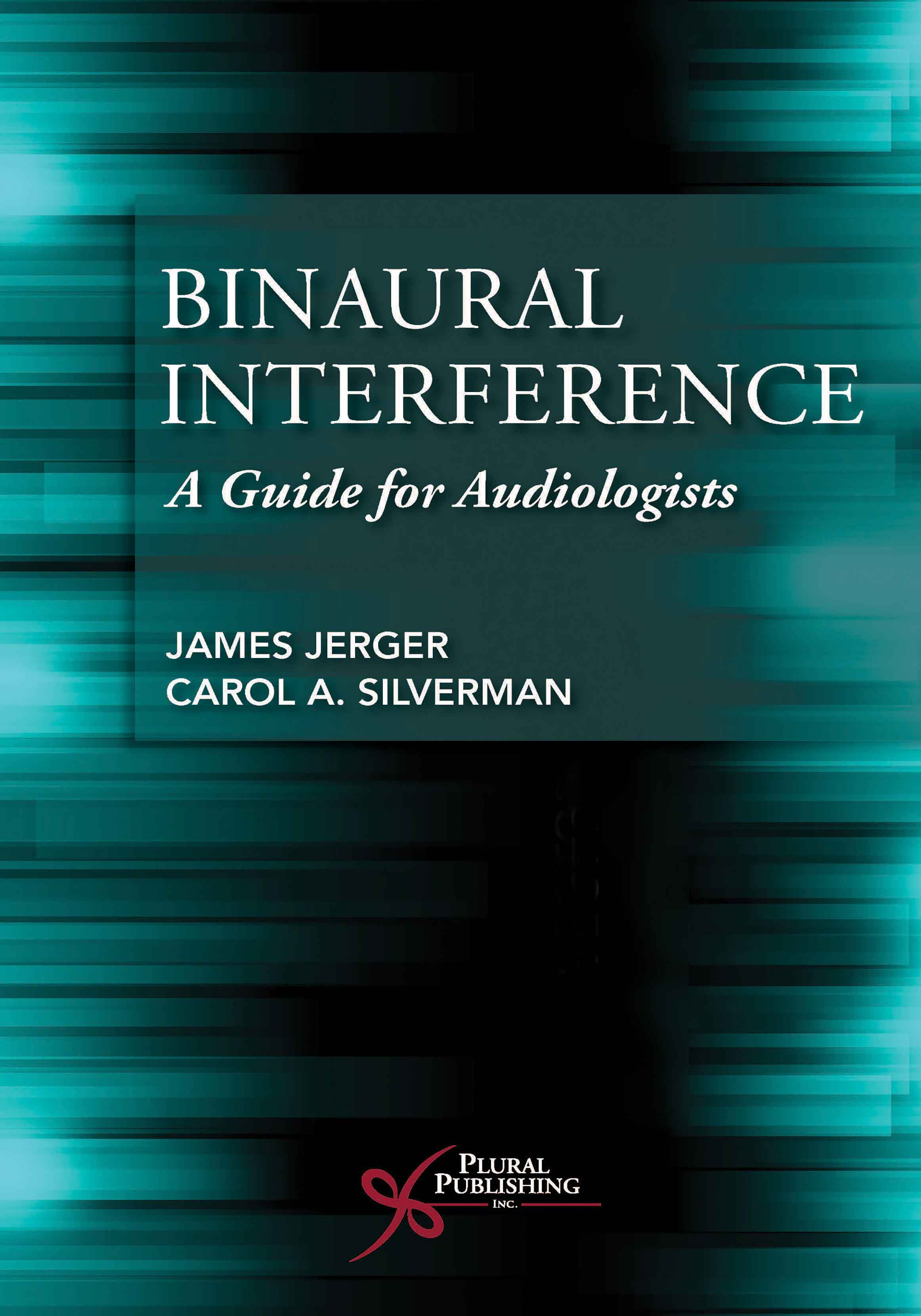
Binaural Interference: A Guide for Audiologists
First Edition
James Jerger, Carol A. Silverman
Details: 124 pages, B&W, Softcover, 6" x 9"
ISBN13: 978-1-63550-076-9
© 2018 | Available
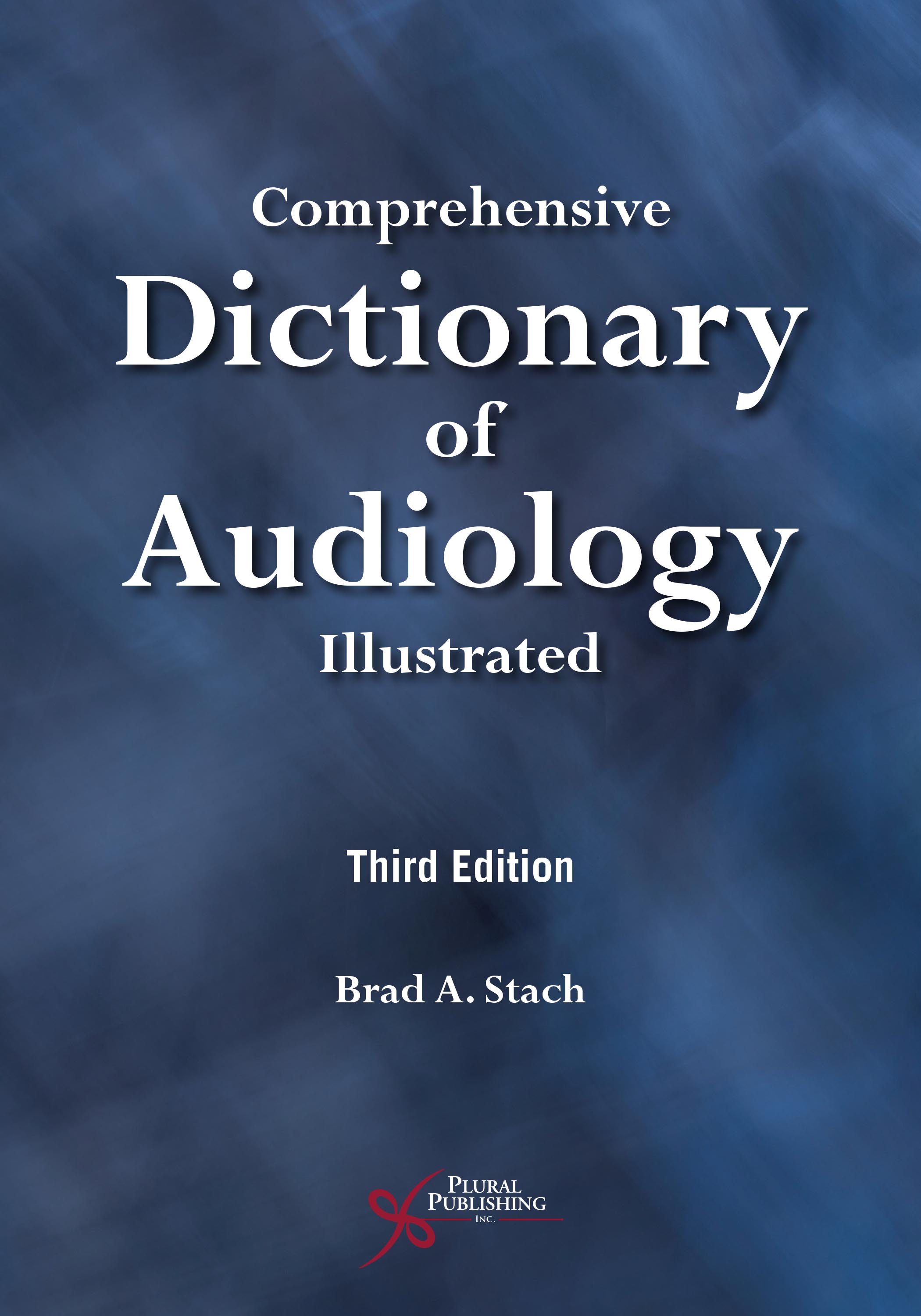
Comprehensive Dictionary of Audiology: Illustrated
Third Edition
Brad A. Stach
Details: 349 pages, B&W, Softcover, 7" x 10"
ISBN13: 978-1-94488-389-8
© 2019 | Available
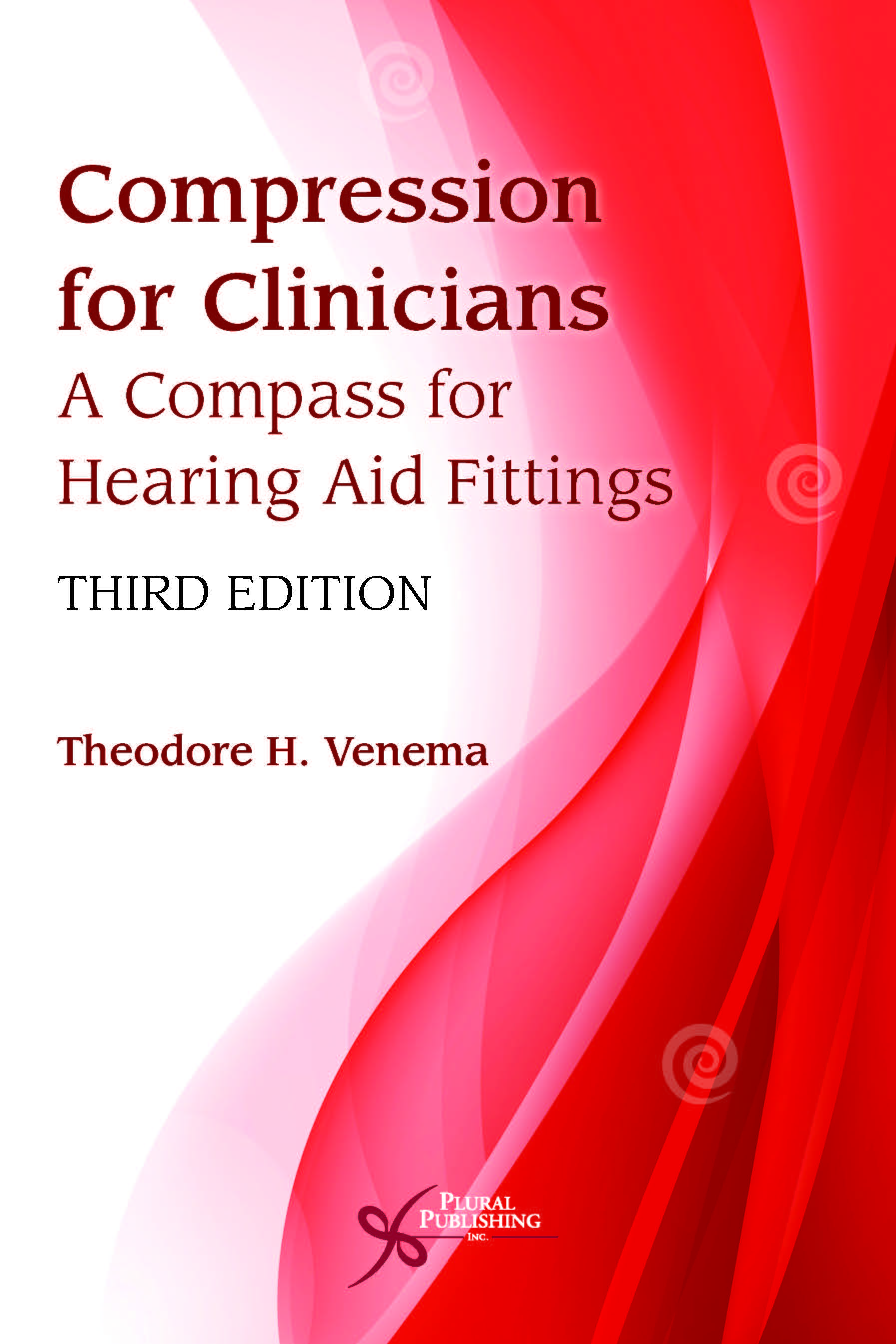
Compression for Clinicians: A Compass for Hearing Aid Fittings
Third Edition
Theodore H. Venema
Details: 416 pages, B&W, Softcover, 6" x 9"
ISBN13: 978-1-59756-987-3
© 2017 | Available
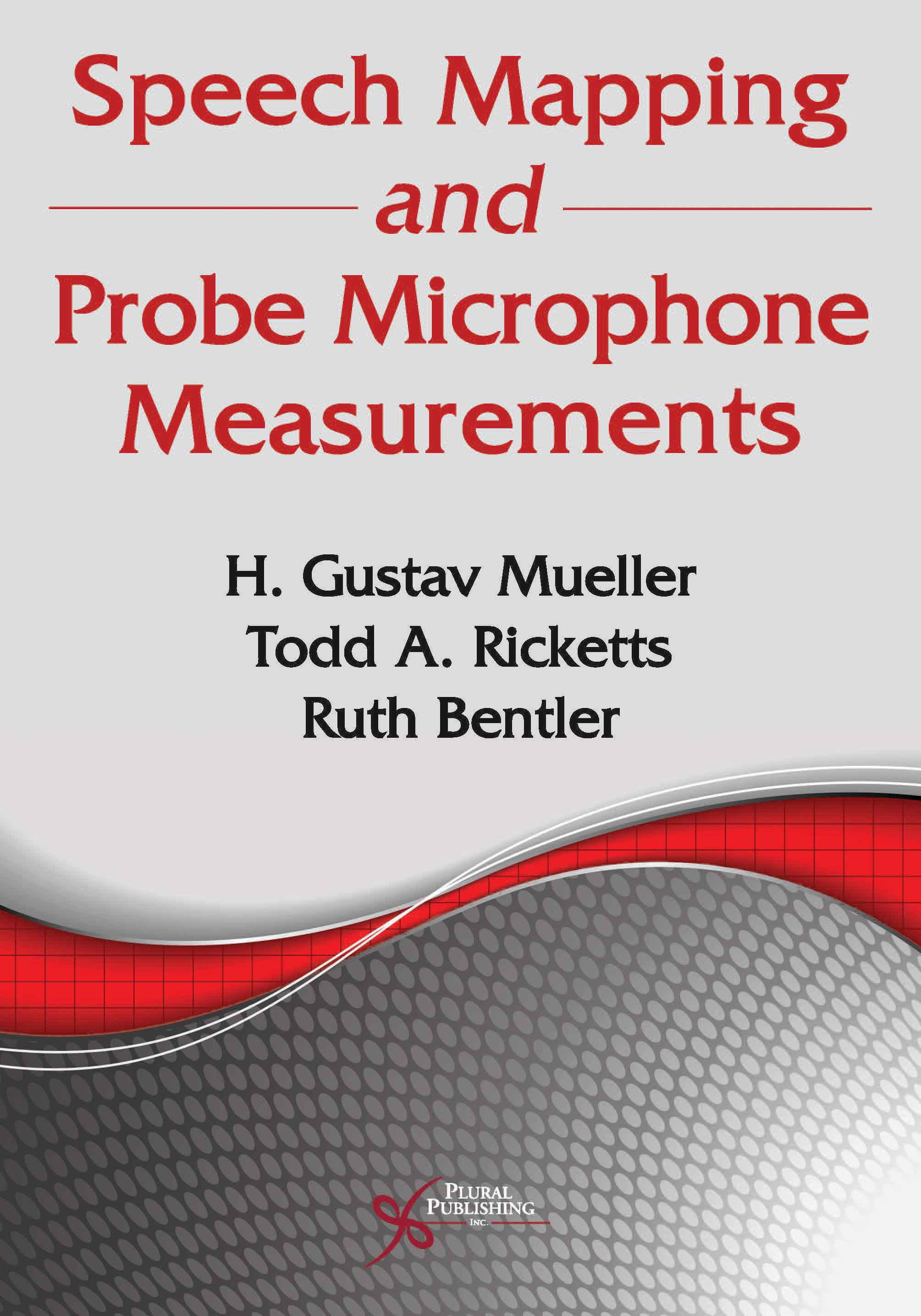
Speech Mapping and Probe Microphone Measurements
First Edition
H. Gustav Mueller, Todd A. Ricketts, Ruth Bentler
Details: 320 pages, B&W, Softcover, 7" x 10"
ISBN13: 978-1-94488-394-2
© 2017 | Available
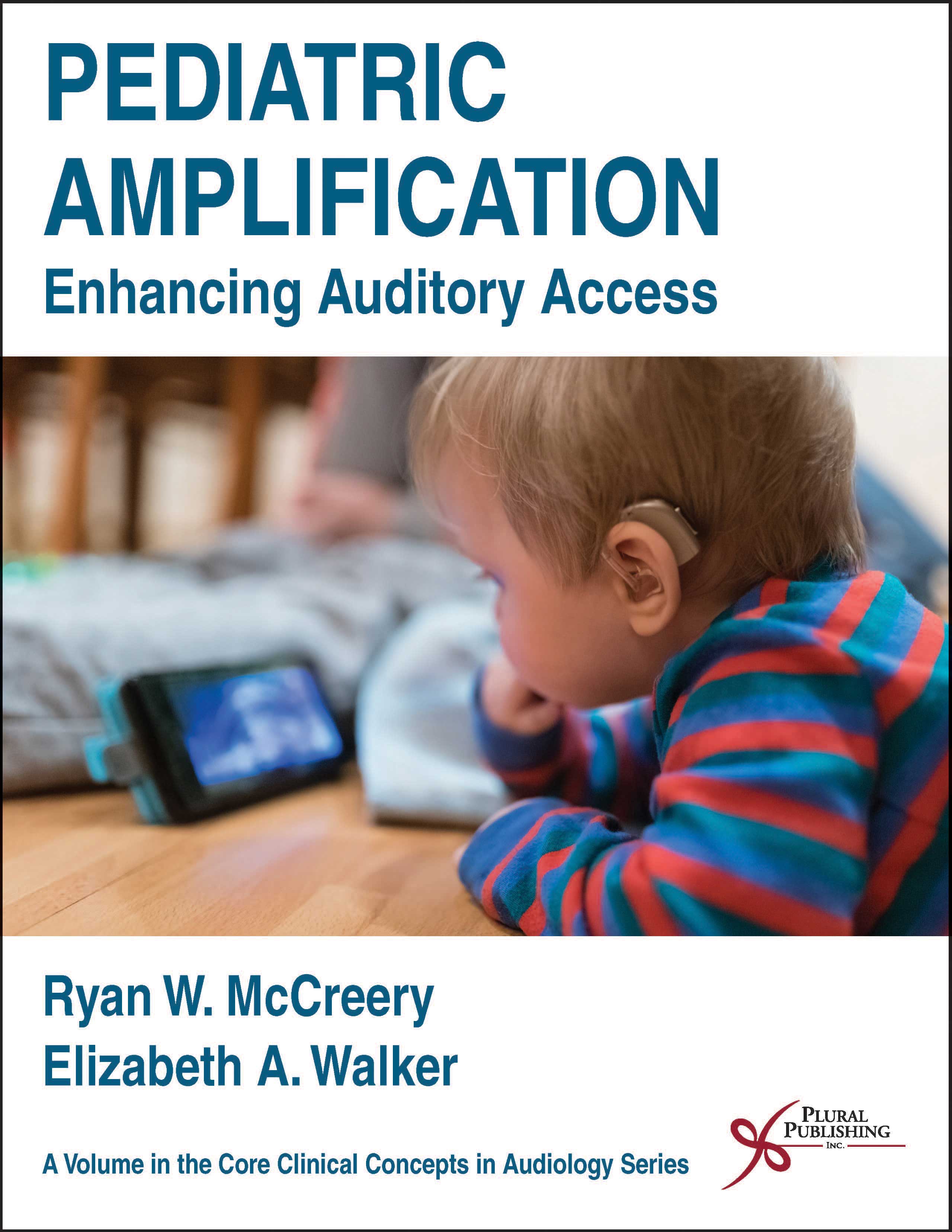
Pediatric Amplification: Enhancing Auditory Access
First Edition
Ryan W. McCreery, Elizabeth A. Walker
Details: 272 pages, B&W, Softcover, 8.5" x 11"
ISBN13: 978-1-59756-992-7
© 2017 | Available
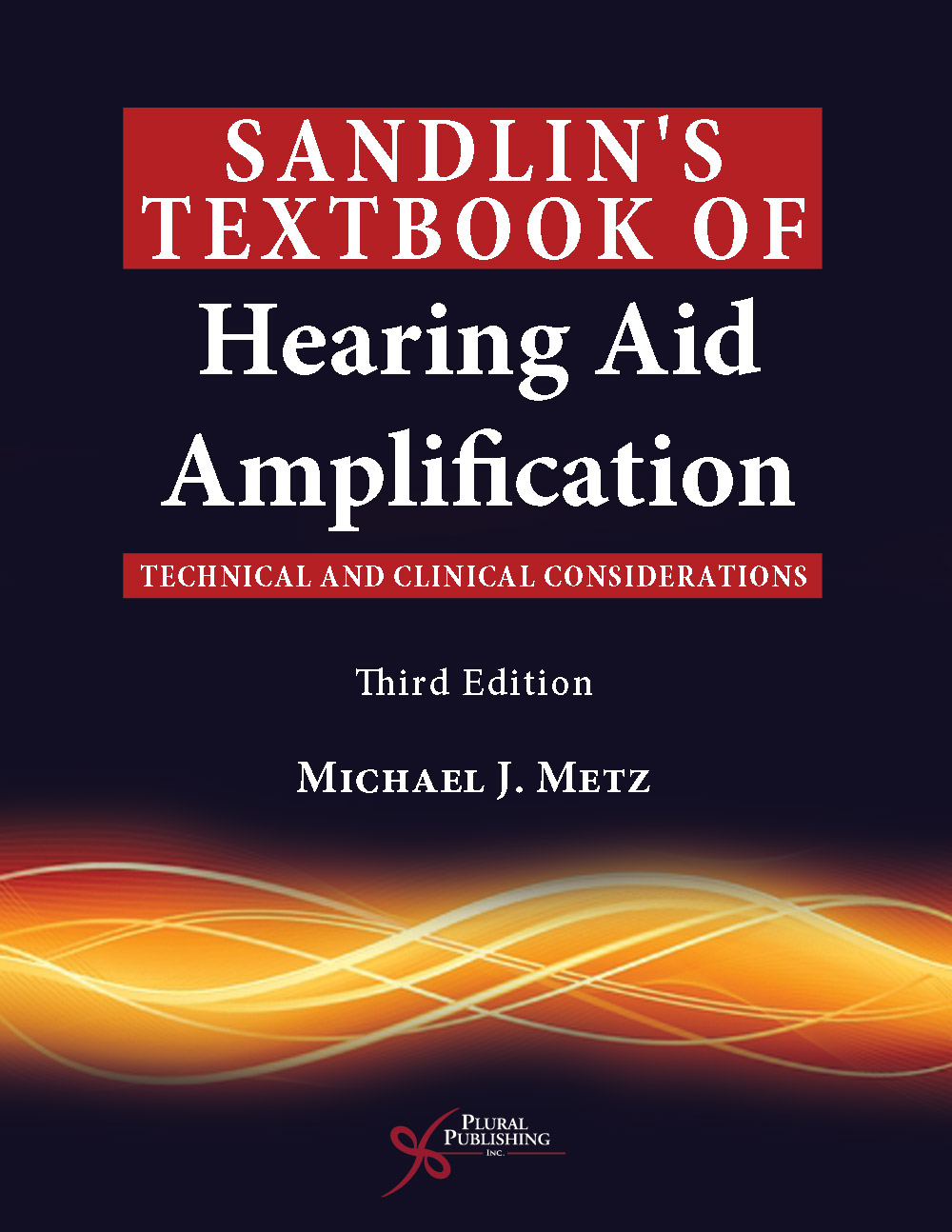
Sandlin's Textbook of Hearing Aid Amplification: Technical and Clinical Considerations
Third Edition
Michael J. Metz
Details: 776 pages, B&W, Softcover, 7" x 10"
ISBN13: 978-1-59756-563-9
© 2014 | Available
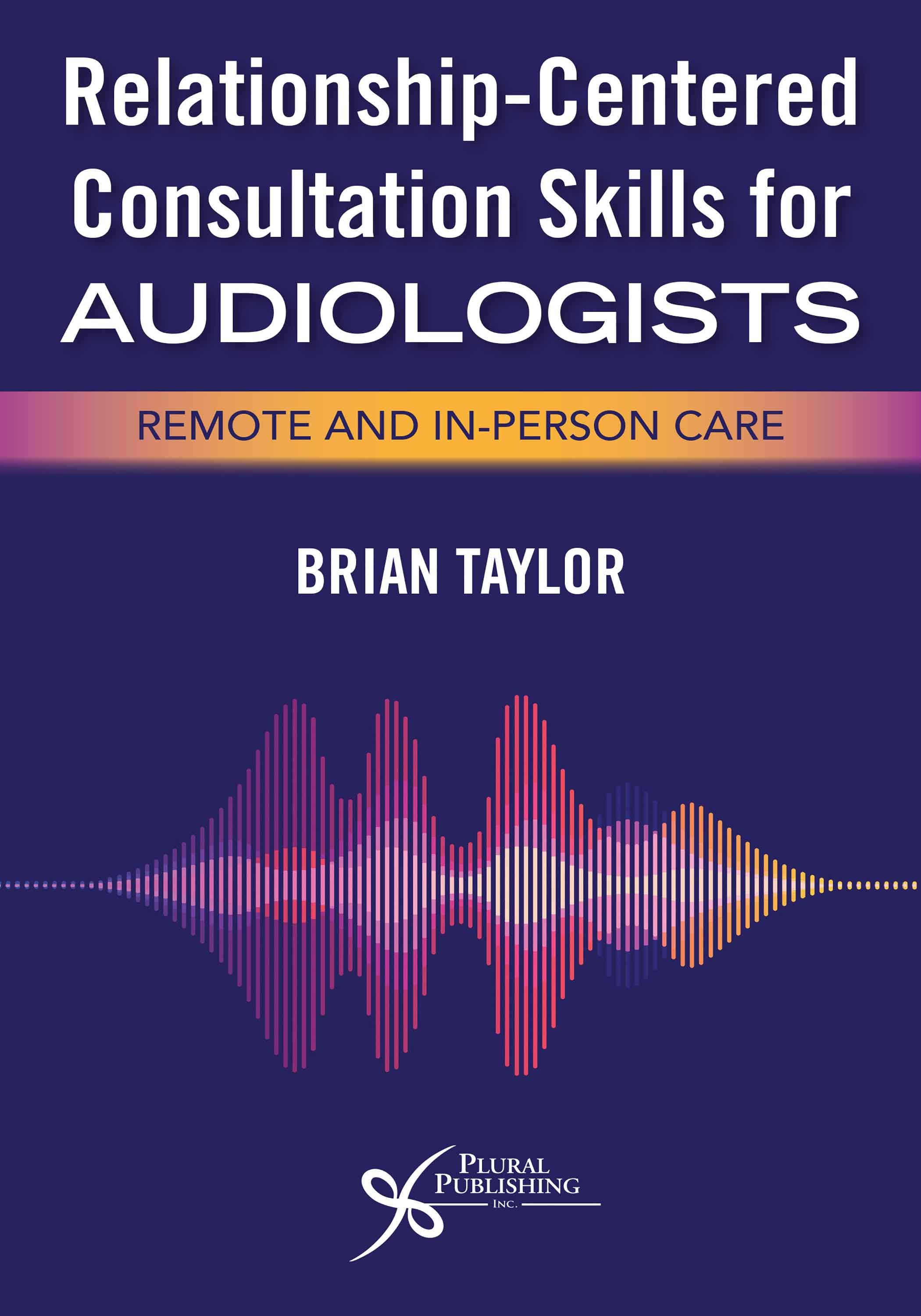
Relationship-Centered Consultation Skills for Audiologists: Remote and In-Person Care
First Edition
Brian Taylor
Details: 303 pages, B&W, Softcover, 6" x 9"
ISBN13: 978-1-63550-335-7
© 2021 | Available


